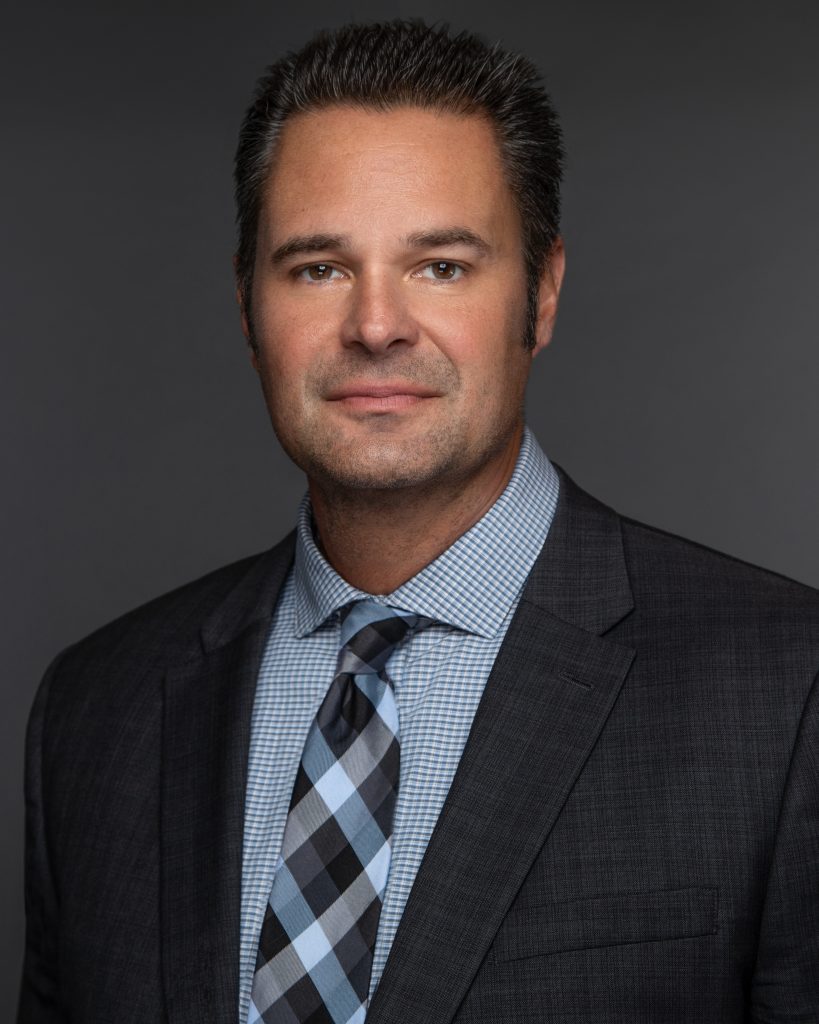Community Events

August 15, 2025
From integrated mills to EAFs, Dan Brown's career has spanned changes in the steel industry
Written by Stephanie Ritenbaugh
Dan Brown began his years at U.S. Steel at the century-old Mon Valley Works, Irvin Plant in West Mifflin, just outside of Pittsburgh. More than 25 years later, he’s moved through several roles to become executive vice president, advanced technology steelmaking and chief operating officer, of the Pittsburgh’s steelmaker’s Big River Steel Works, the electric-arc furnace mini-mill in Osceola, Ark. Brown also oversaw the construction of Big River 2, which began operations in 2024.
SMU recently spoke with Brown about his career and the evolution of steelmaking.
Q: I understand that you started at Mon Valley Works. What first drew you to the industry, and what has kept you in it for so long? What from those early days has influenced how you lead today?
That’s right, I started at the Irvin Plant at Mon Valley Works as a management associate. What drew me in initially was the sheer scale and complexity of steelmaking. It’s an industry where you can see, feel, and measure the impact of your work. There’s a physicality to it that’s incredibly rewarding.
What’s kept me in it all these years is the constant evolution. From process improvements to global shifts in demand, it’s never the same year twice. And those early days taught me the value of being on the floor, working alongside people who have deep, generational knowledge. That shaped my leadership style. I believe in leading from the ground up.
Q: You’ve worked at both integrated mills and now at EAFs. How has that transition been? Beyond the technical shift, what other changes did you have to adapt to?
It’s definitely been a meaningful transition, both technically and culturally. From a technical standpoint, moving from integrated mills to EAF-based operations is a big shift. The pace is faster, the production model is more flexible, and the emphasis on automation and data integration is even more central.
Culturally, there are differences too. Big River Steel was designed from day one to be fast-moving, innovative, and technology focused. That start-up mentality still shapes the way the team works today. Of course, each location has its own strengths. I’ve appreciated the chance to learn from both environments and carry forward the best of each.
Q: You’ve seen the industry evolve significantly. What changes do you feel have most improved the steel industry?
One of the most significant changes in the industry has been the growing role of electric-arc furnace technology. EAFs have brought new capabilities: greater flexibility, improved energy efficiency, and the ability to respond more quickly to shifting market demands. When I first started, EAFs played a smaller role. Today, they’re a key part of a more diversified steelmaking landscape. Digitalization has also made a big difference: predictive maintenance, AI-driven operations, and real-time data are helping us make better decisions faster.
Q: What role do you see U.S. Steel playing in the broader steel industry as the sector progresses, especially with the backing of Nippon Steel? What’s your outlook for the company and the industry as a whole?
With Nippon Steel behind us, we’re entering a new era. This partnership brings the capital and expertise to accelerate everything we’ve started. U.S. Steel will continue to be a leader, but a more modern one, blending our legacy integrated capabilities with a strong, sustainable EAF footprint. As an industry, we’re headed toward more innovation, more accountability on emissions, and more global competition. We’re positioning ourselves to lead on all fronts.
Q: Over the past few years, we’ve seen a lot—pandemics, economic downturns, tariffs. How do you see this period shaping the industry going forward?
It’s been a period of testing and transformation. The pandemic exposed vulnerabilities in supply chains and operations. Tariffs and trade shifts changed sourcing strategies. But those challenges also forced us to be more resilient. We learned to move faster, to invest more wisely, and to focus on where we can be strongest. That kind of agility is going to define the winners in the next chapter of steel.
Join us at the 2025 Steel Summit to hear the latest from U.S. Steel executives on steel markets and the outlook for flat-rolled steel.





